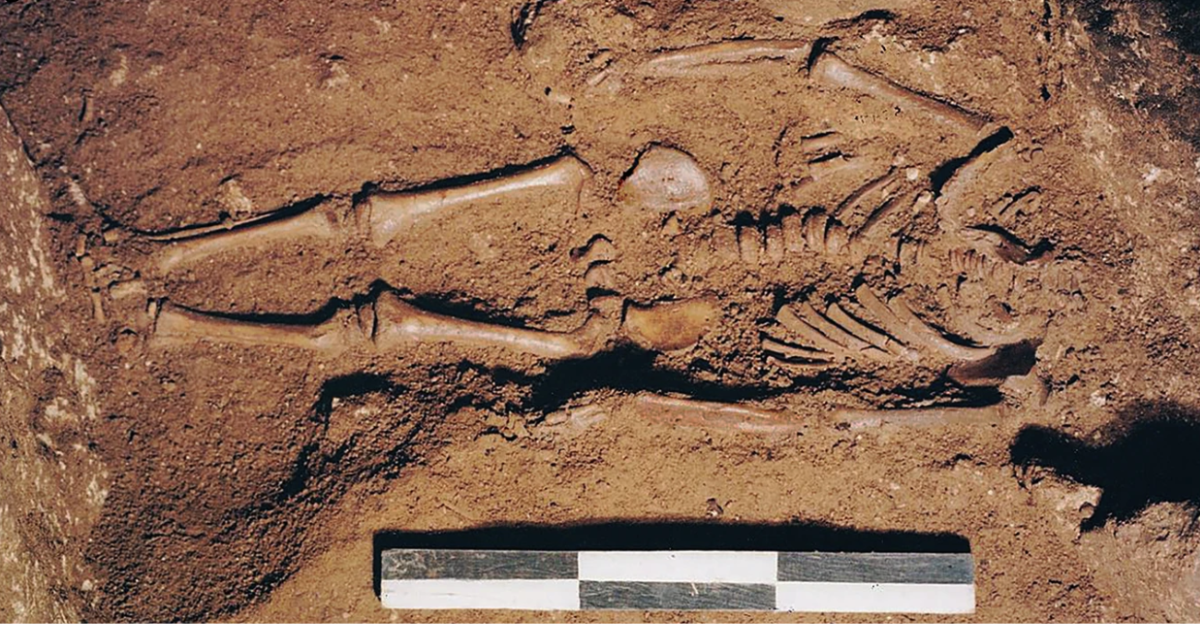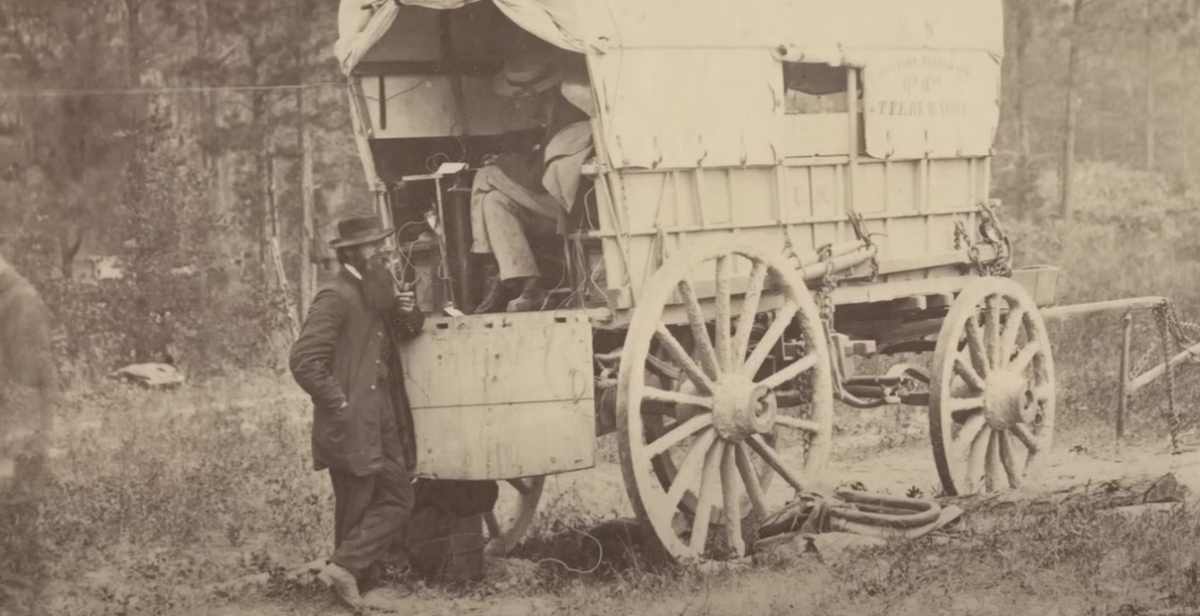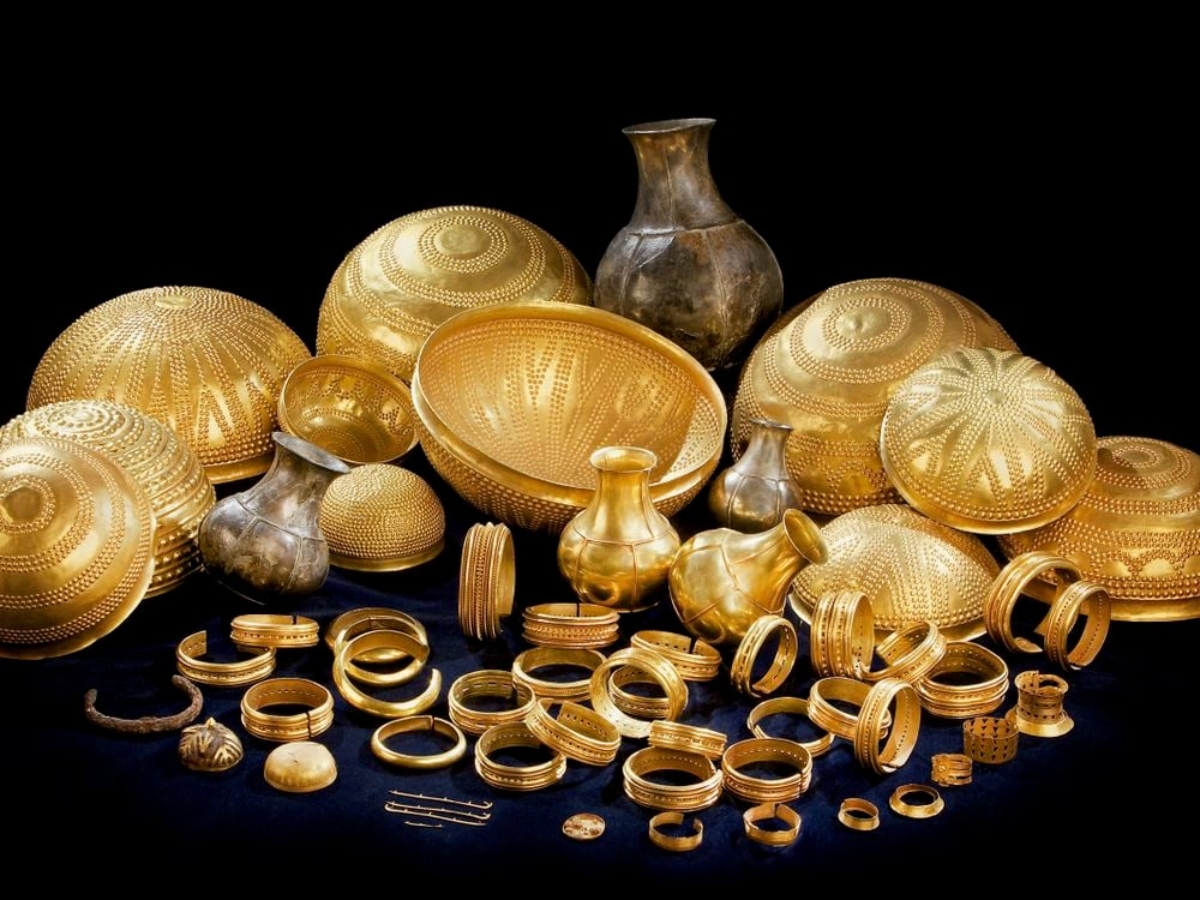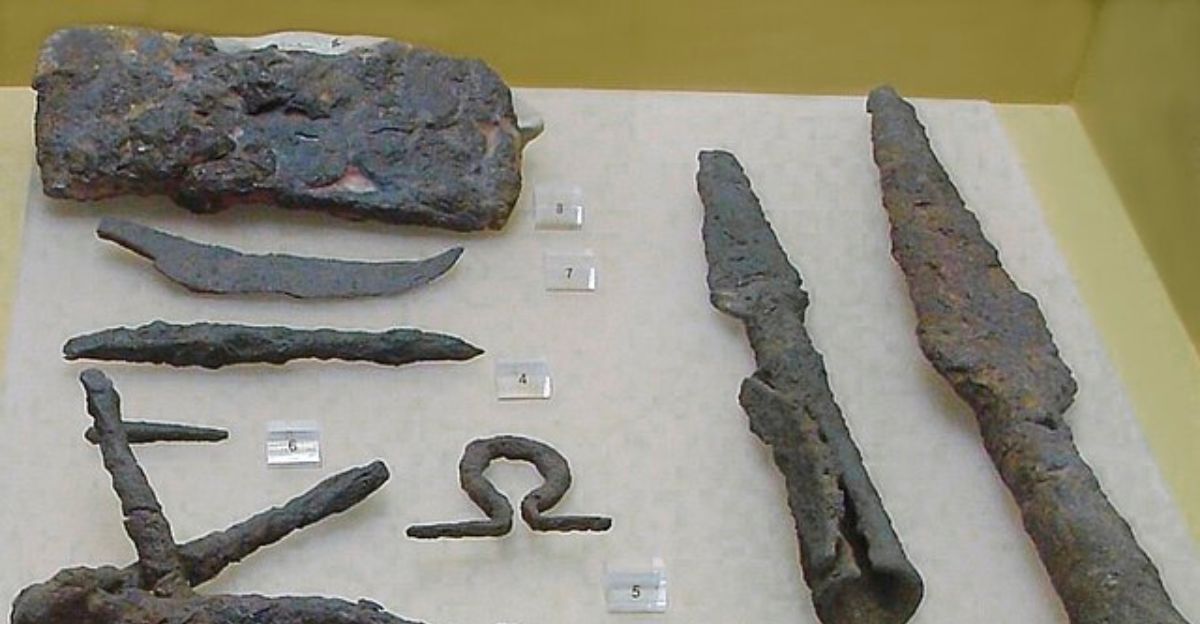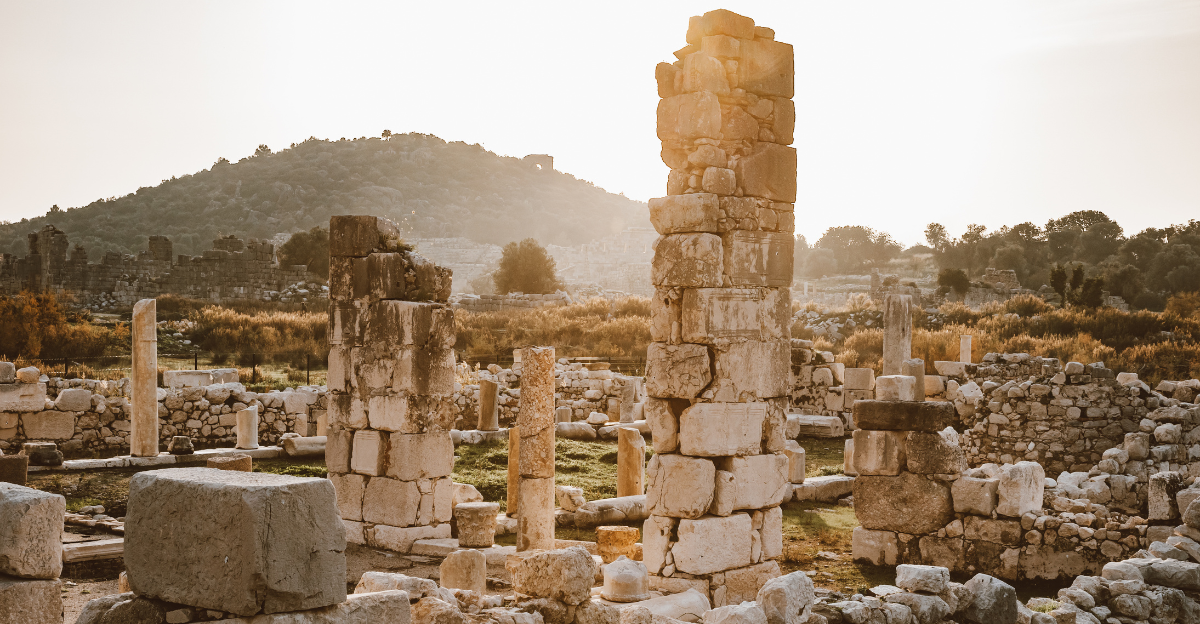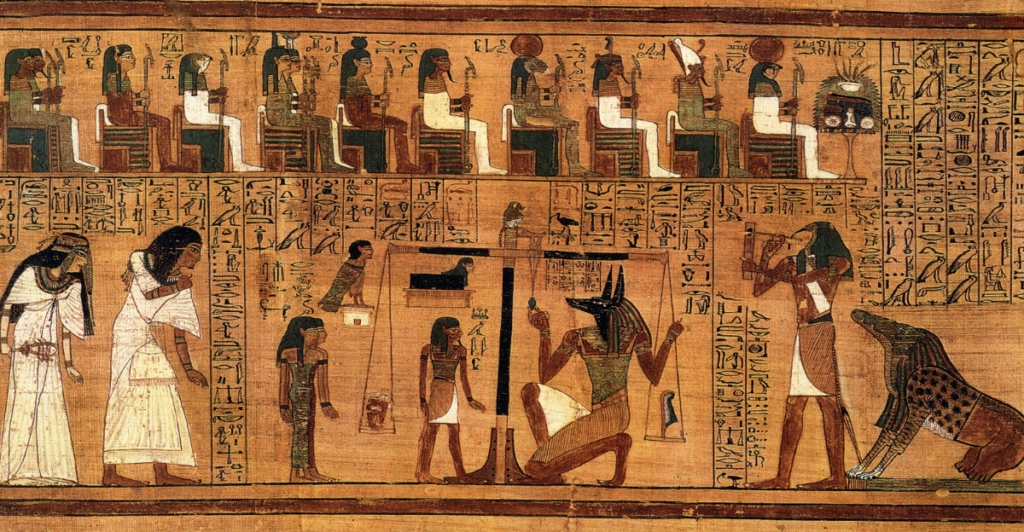
Ancient Egypt glowed with gold tombs, massive pyramids, and mysterious gods. But beneath the shiny surface hid a harsh reality. Corruption, power, and oppression defined this civilization as much as culture and art. Let’s dig up the dark side of Egypt’s so-called ‘golden age’.
An Inequality-Based Society
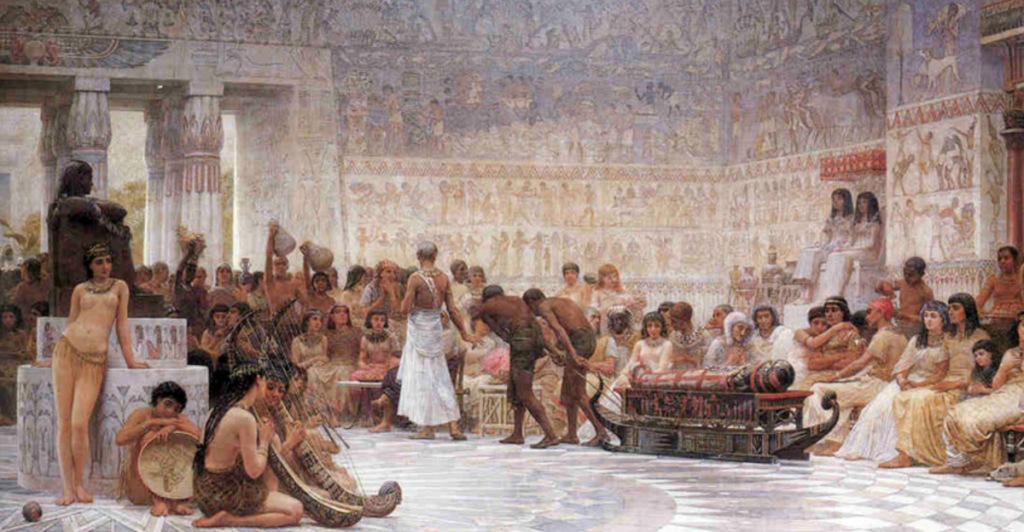
The Pharaohs were absolute rulers in Egypt, backed by a rich elite and commanding control over resources. Priests and kings lived in unimaginable opulence, while the common man endured difficult conditions. Non-royal Egyptian people lived in a very precarious and unequal society where status and wealth were only for the select few.
The Brutal Wars of the Pharaohs
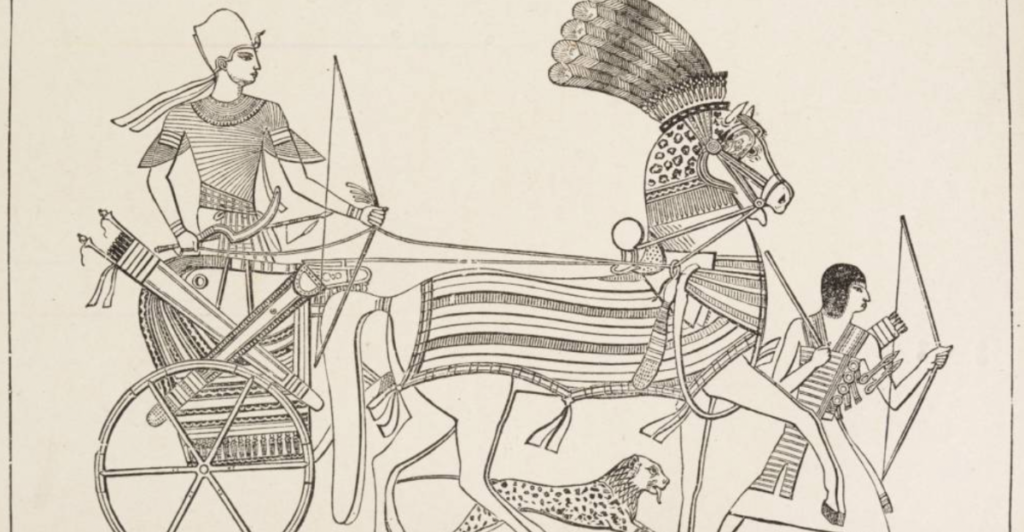
Pharaohs were not merely rulers, but warriors. Military campaigns raged through the Near East and Africa, bringing devastation in their wake. Inscriptions speak of rivers ‘flooded with enemy innards.’ These wars were not merely for defense: they were for pillaging riches and taking men into bondage.
Slavery and Forced Labor

In spite of common myths, pyramids were not built by astronauts or mere master builders. They were primarily constructed with forced labor. Prisoners of war and poor laborers toiled in abysmal conditions to position massive blocks on top of one another, building government showcase building projects as memorials.
Greedy Elites and Corrupt Officials
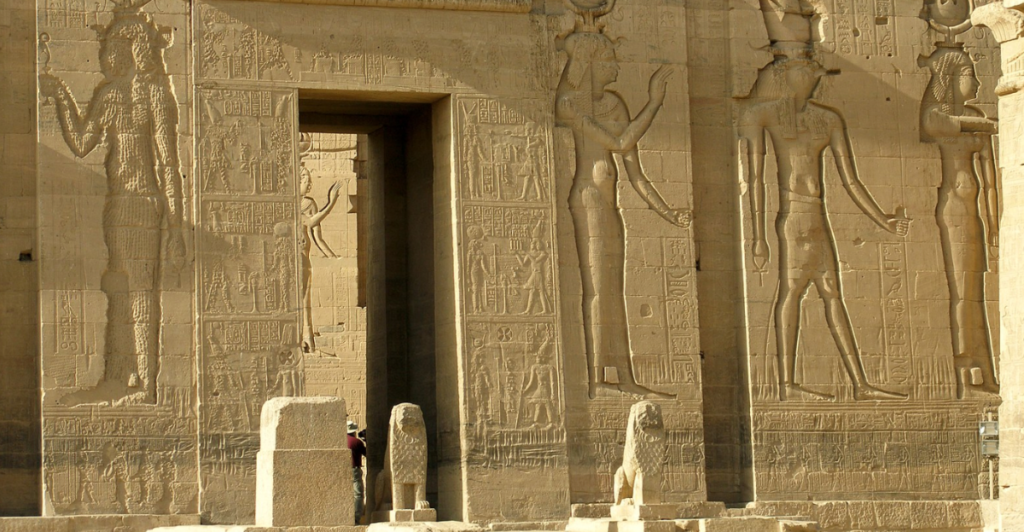
Egypt’s elite were not only strong: they were also corrupt. Officials became wealthy through kickbacks, nepotism, and extortion. The viziers and high priests accepted kickbacks, redirected public funds into private tombs, and lived lavishly, while most Egptian people struggled to survive.
Tomb Plundering
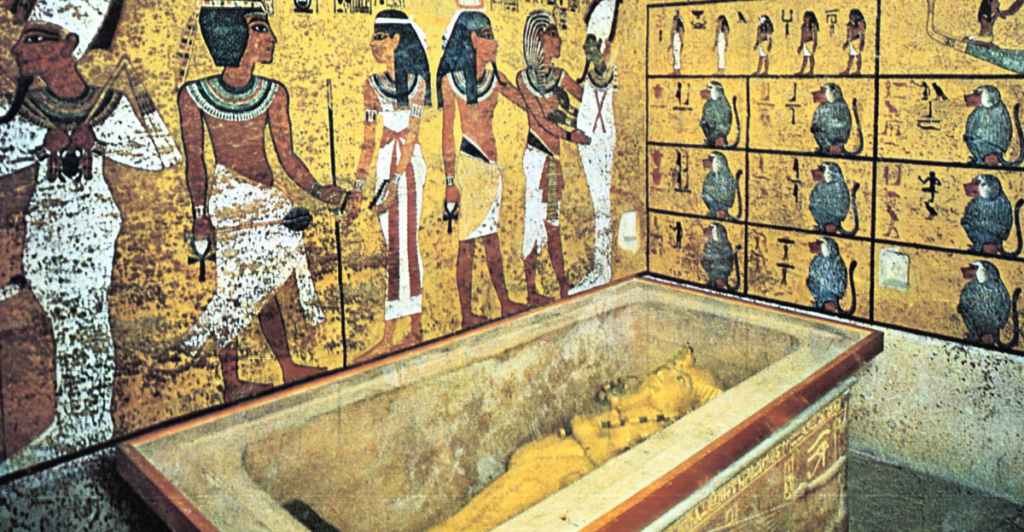
Wealth wasn’t protected, even after death. Grave robbery was common, most of the time with the help of corrupt officials. Royal graves were robbed soon after they were buried, like Tutankhamun’s, whose tomb was desecrated twice in years following his burial. Gold and treasures destined for the afterlife found their way into the pockets of thieves.
Manipulation by Religion
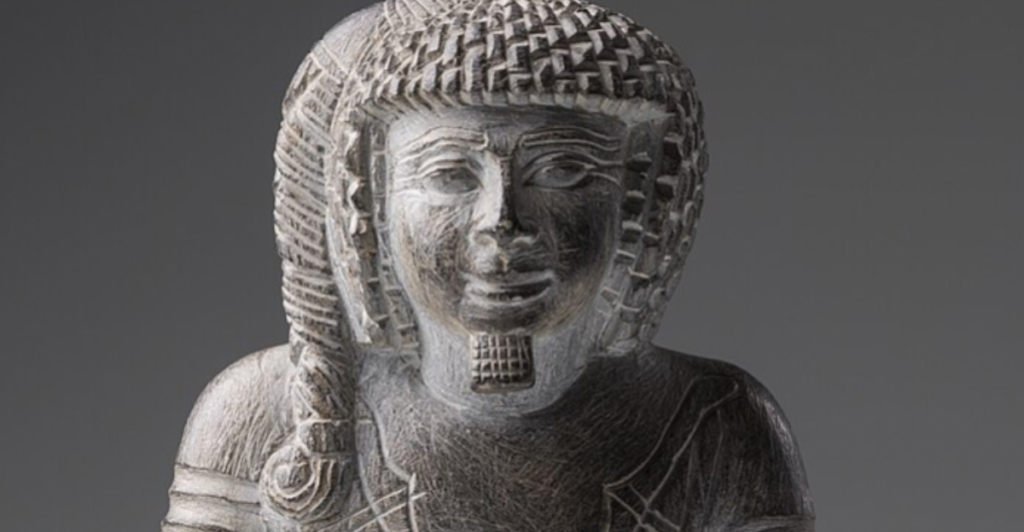
Religion was manipulated. Pharaohs used divine rights to rule. The temple of Amun at Karnak had become a state within a state, richer and more powerful. High priests manipulated doctrine to secure their own authority, holding the people in line and awed.
Barbaric Punishment and Law Enforcement
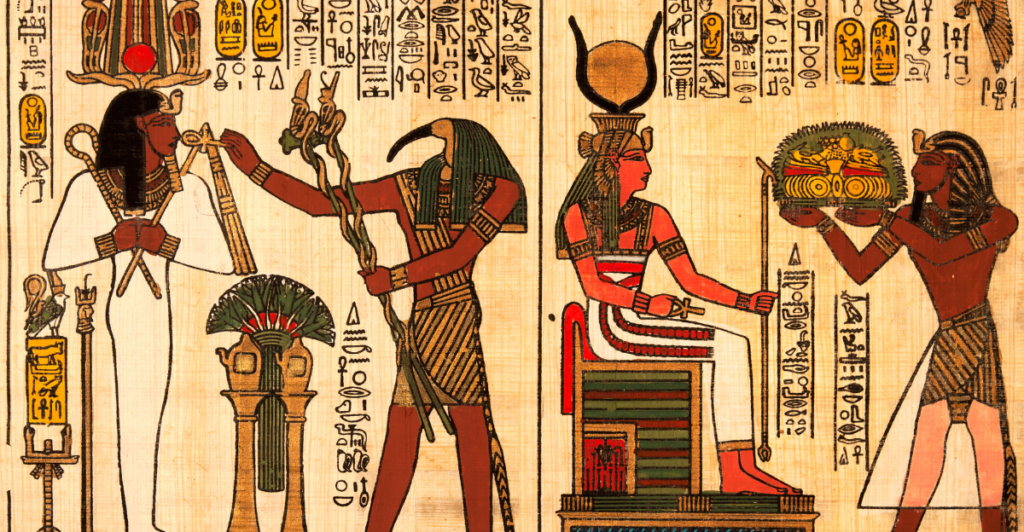
Egyptian crime was repressed with brutal punishments. There was mutilation, impalement, and execution even for petty crimes such as robbery. Robbers of tombs were subjected to barbaric execution if they were caught red-handed. Law enforcement wasn’t totally bound by justice or the truth because it mostly protected elites.
Pharaohs Wasteful Indulgence
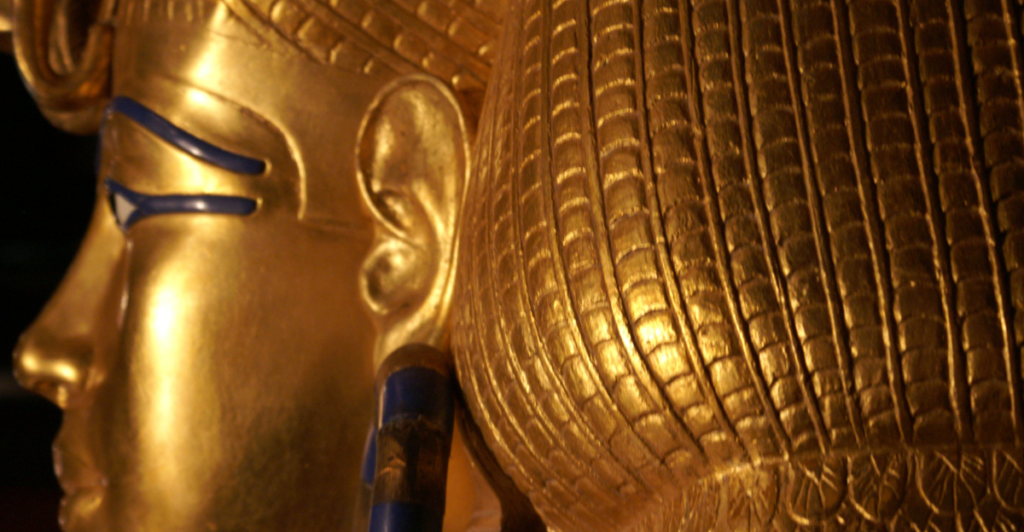
At the expense of the poor, Pharaohs squandered riches on their indulgent creations. Queen Hatshepsut’s mortuary temple and those of Thutmose III weren’t only sacred offerings but excess displays of hubris and majesty. Egyption resources were exploited for ego monuments rather than for the benefit of their citizens.
A Legacy of Splendor and Suffering
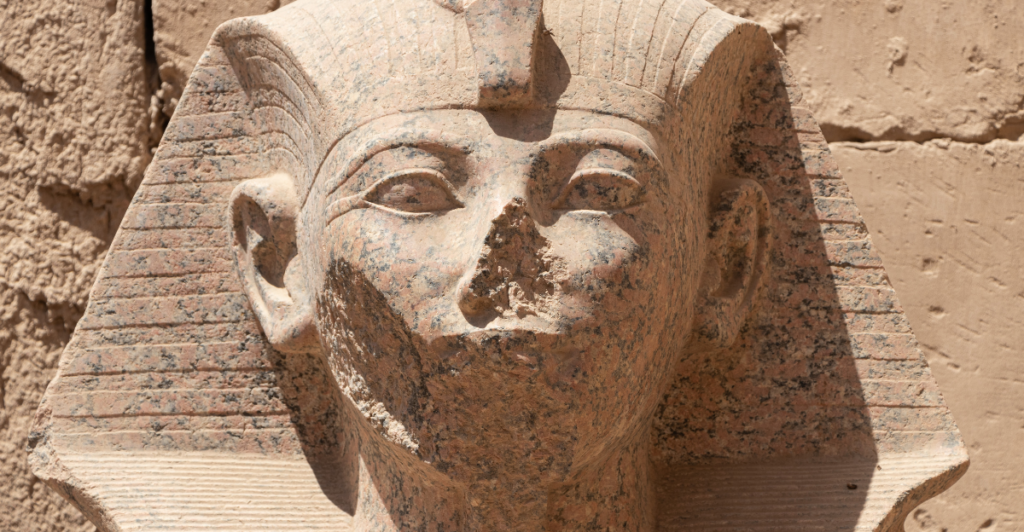
The legacy of Ancient Egypt is not just astounding, but also disturbing. Behind the golden coffins and massive temples lies a legacy of war, tyranny, and prejudice. While we can be awed by what was left behind, let us not forget the human cost of Egypt’s glorious past.
Sources
The Ancient Art of Organized Labor
Slavery in ancient Egypt
The 6 Darkest Secrets of Ancient Egypt
Explaining the Unsolved Mysteries of Ancient Egypt



